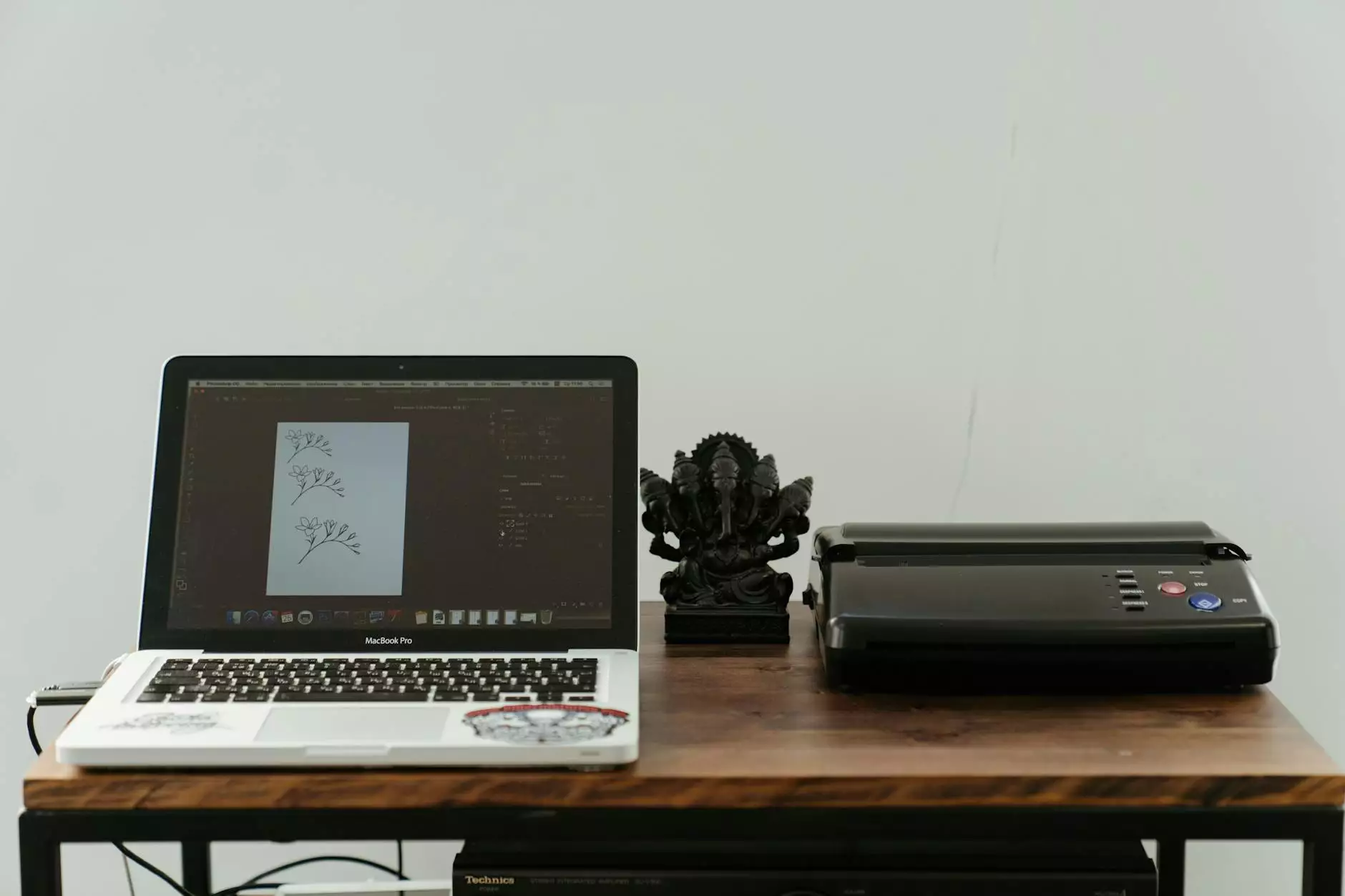Understanding Swelling in One Foot Only: Causes and Solutions

Experiencing swelling in one foot only with no pain can be a concerning and perplexing symptom for many individuals. While swelling itself is often a natural response to injury or inflammation, swelling occurring in a solitary foot without accompanying pain can raise questions about underlying health issues. This comprehensive guide delves into the possible causes, implications, and solutions, ensuring you have the knowledge needed to address this condition effectively.
What Causes Swelling in One Foot Only?
Swelling in one foot can result from a variety of factors, ranging from minor injuries to serious medical conditions. Below are some of the primary causes:
1. Injury
Injuries to the ankle or foot, such as sprains, fractures, or strains, may lead to localized swelling. Even if pain is minimal or absent, the body may respond to injury by sending excess fluid to the affected area.
2. Infection
Infections in the foot or lower leg, such as cellulitis, can cause swelling. While some infections can be painful, others may not exhibit significant discomfort, focusing primarily on swelling and redness.
3. Lymphatic Obstruction
The lymphatic system plays a crucial role in fluid regulation in the body. Any obstruction, whether due to lymph node removal, infection, or cancer, can result in swelling in one part of the body.
4. Venous Insufficiency
Chronic venous insufficiency occurs when veins fail to effectively return blood from the legs back to the heart. This condition can lead to swelling, and while pain may not always be present, you may notice a feeling of heaviness or fatigue in the affected leg.
5. Deep Vein Thrombosis (DVT)
Though DVT is characterized by the formation of a blood clot in a deep vein, it sometimes manifests with minimal discomfort. Still, it's essential to seek immediate medical attention if DVT is suspected, as it can lead to severe complications.
6. Edema
Localized edema can occur due to various reasons, including prolonged standing or sitting, pregnancy, or certain medications. This swelling can affect only one foot, especially if there's a positional factor involved.
When to Seek Medical Attention
If you're experiencing swelling in one foot only and no pain, you might wonder when it's time to consult a medical professional. It’s advisable to seek attention if:
- The swelling persists for more than a few days without improvement.
- You notice changes in skin color or temperature in the affected area.
- There are visible veins, which could indicate venous insufficiency or thrombosis.
- You experience other symptoms such as shortness of breath or chest pain.
Coping with Swelling in One Foot Only
While it’s crucial to identify and treat the underlying cause of swelling, there are several general strategies that may help manage symptoms:
1. Elevation
One of the simplest methods to reduce swelling is to elevate the affected foot above the level of your heart. This helps facilitate fluid drainage and may provide relief.
2. Compression Therapy
Wearing compression garments, such as socks or sleeves, can promote better circulation in the legs and minimize swelling.
3. Exercise and Mobility
Engaging in gentle exercises can stimulate blood flow in the legs. Simple activities such as walking or ankle pumps can be effective in reducing swelling.
4. Hydration and Diet
Maintaining proper hydration helps with fluid balance. Additionally, reducing salt intake can be beneficial, as excess sodium can contribute to water retention and swelling.
Diagnosis of One-Sided Swelling
If you decide to seek medical care, your healthcare provider at Truffles Vein Specialists will perform a thorough inspection and may carry out specific tests such as:
- Physical Examination: Observing swelling, color changes, or skin temperature differences between the feet.
- Ultrasound: Used to check for the presence of blood clots and assess blood flow.
- X-rays: To rule out fractures or other bone-related issues.
- Blood Tests: To identify markers of inflammation or infection.
Treatment Options for Swelling in One Foot
Once a diagnosis is made, treatment can vary significantly based on the underlying cause. Here are some common treatment options:
1. Physical Therapy
For conditions related to musculoskeletal injuries, physical therapy can help improve strength and flexibility, promoting healing and reducing swelling.
2. Medications
Depending on the diagnosis, your healthcare provider may prescribe medications, including:
- Diuretics: To help eliminate excess fluid from the body.
- Anti-inflammatory drugs: To reduce swelling and discomfort, if present.
- Antibiotics: If an infection is diagnosed.
3. Surgical Intervention
In cases of significant venous obstruction or severe varicosities, surgical options may be considered to improve blood flow and reduce swelling.
Preventative Measures
To minimize the risk of encountering swelling in one foot only with no pain, consider the following preventive strategies:
1. Maintain a Healthy Weight
Excess weight can put additional strain on the veins in your legs, potentially leading to swelling and other vascular issues.
2. Regular Exercise
Engaging in regular physical activity helps improve circulation and can prevent swelling and related complications.
3. Monitor Medications
If you’re taking medications that could contribute to swelling, such as certain antihypertensives or hormone therapies, discuss alternatives with your doctor.
4. Dress Comfortably
Avoid tight footwear and ensure your shoes provide adequate support. This can help prevent positional swelling in the feet.
Conclusion
Experiencing swelling in one foot only no pain can be concerning, but understanding the various potential causes and treatment options can empower you to take effective action. Regular consultations with healthcare professionals, particularly specialists like those at Truffles Vein Specialists, can ensure that you address any underlying vascular health issues early on. If you encounter this symptom, don't hesitate to seek medical advice to monitor your health and maintain an active lifestyle.







